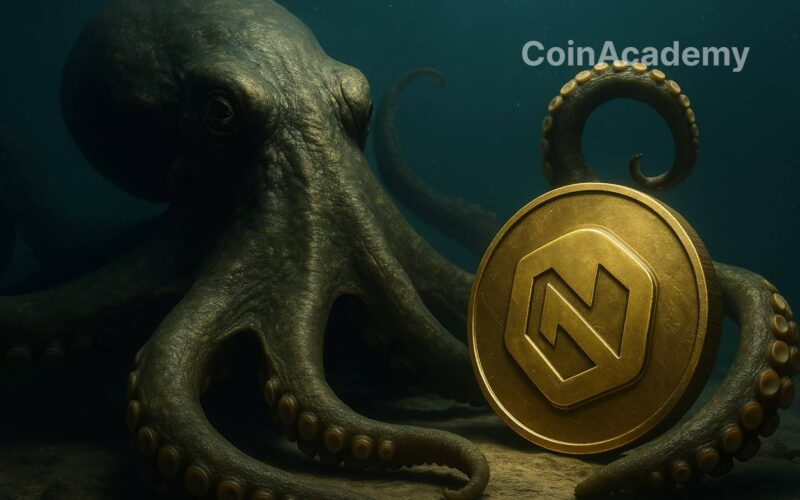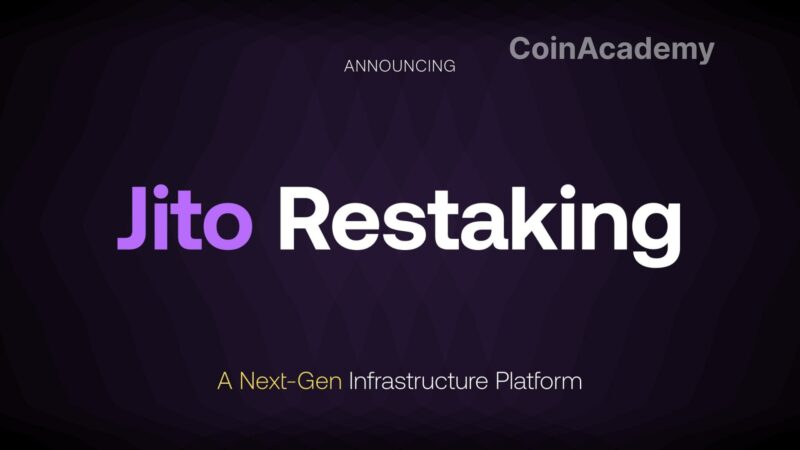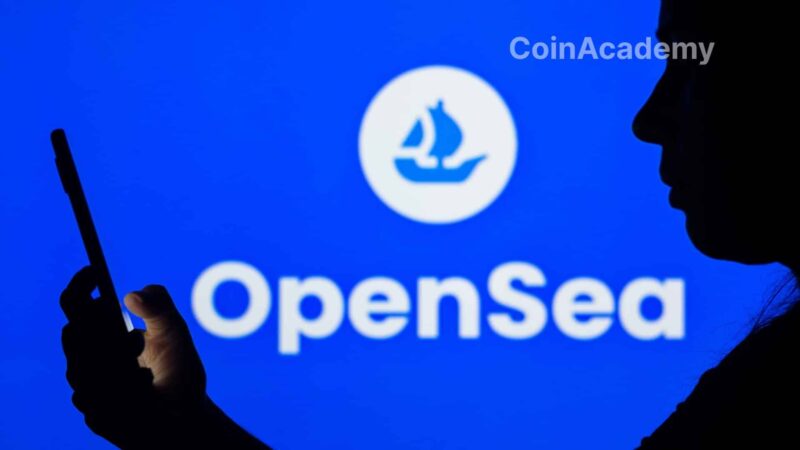Kraken is stepping up its game. The American exchange integrates the INK token and Ink Layer 2 directly into its product ecosystem, just a few weeks ahead of its airdrop.
Ink and Kraken: a total integration strategy
INK will not only be a listed asset on Kraken. The token is at the center of a much broader strategy: it officially joins the Kraken Drops program, which rewards users with exclusive airdrops. The goal: boost the adoption of Layer 2 Ink, which operates on the Optimism Superchain infrastructure.
The Ink Foundation, the project’s originator, insists: INK is not a governance token. It serves a different purpose. It is designed to aggregate liquidity and incentivize users to engage in the network’s Ink applications, lending protocols, trading, and more.
Kraken promises a DeFi x CeFi fusion
What Kraken is attempting here is a true hybridization between centralized finance and decentralized finance. “This is just the beginning of a unified capital market, accessible to all,” affirms the Ink board. And it’s not just a hollow phrase: integrating INK into Kraken’s existing products marks a shift towards more concrete and seamless on-chain protocol uses.
Arjun Sethi, co-CEO of Kraken, confirms this ambition: INK will unify value flows, whether on-chain or off-chain, by providing standardized infrastructure at all levels.
The Ink ecosystem responds with rapid growth
The airdrop announcement has already had an immediate impact: the Total Value Locked (TVL) on the Ink network has jumped from 20 to over 100 million dollars in a month. A spectacular surge, driven by network effects and users’ appetite for anticipated rewards.
First planned use case: a liquidity pool on Aave, natively deployed on Ink. It will serve as a foundation for all upcoming DeFi stack on the Layer 2.
Kraken in aggressive mode
The integration of INK is part of an aggressive expansion strategy. After launching Krak, a payment app aimed at competing with PayPal and Venmo, Kraken opened up to tokenized stocks for non-US clients. Moreover, the company acquired NinjaTrader for 1.5 billion dollars, solidifying its position in derivative products.
And it’s not over. Kraken could go public as early as the first quarter of 2026. A strong signal for the markets, and perfect timing to capitalize on the rise of INK. The question remains how Kraken’s stock and INK token will be managed.




